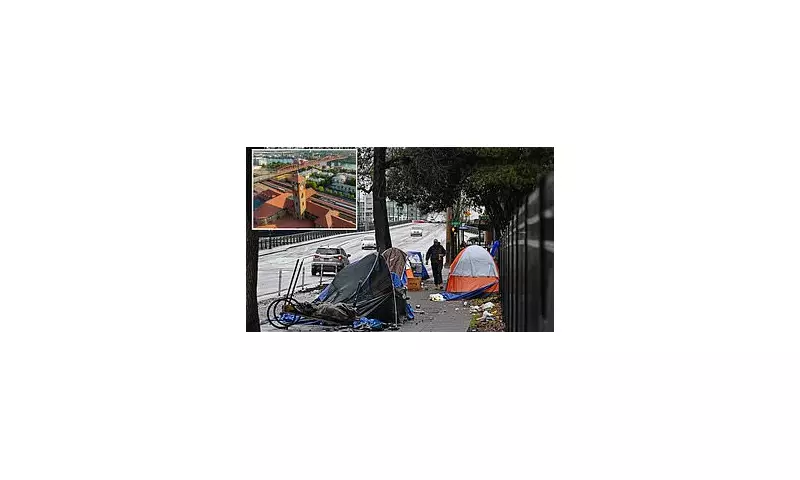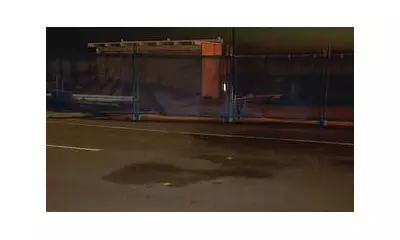
Philadelphia's historic 30th Street Station, once a proud beacon of American rail travel and architectural splendour, now stands as a distressing monument to a deepening urban crisis. A shocking investigation has peeled back the facade to reveal a terminal in the grip of severe vagrancy, rampant public drug use, and a palpable sense of lawlessness.
The grand concourse, designed to welcome millions of passengers, has been transformed into a de facto homeless shelter and open-air drug market. Commuters and tourists are now forced to navigate a gauntlet of individuals in acute distress, with used needles and drug paraphernalia littering the iconic premises.
A National Embarrassment
This isn't a tale of a minor urban inconvenience; it's a story of systemic failure. The station, a critical Amtrak hub and a gateway to the city, has become a national embarrassment. Eyewitness accounts and photographic evidence depict scenes more akin to a crisis shelter than a functioning transport terminal, with human suffering on open display.
The Human Cost
Beyond the headlines lies a profound human tragedy. The situation highlights a catastrophic failure in social services, mental health provision, and law enforcement. The individuals occupying the station are not merely statistics; they are victims of a broken system, left with nowhere else to turn, while the staff and passengers feel increasingly abandoned and unsafe.
Calls for Action
The deteriorating conditions have sparked fierce outcry from local politicians, business leaders, and community advocates. They are demanding an immediate, multi-agency response that addresses both the symptom—the chaos in the station—and the root causes: the addiction, mental health, and homelessness epidemics gripping the city. The future of this beloved landmark, and the safety of those within it, hangs in the balance.





